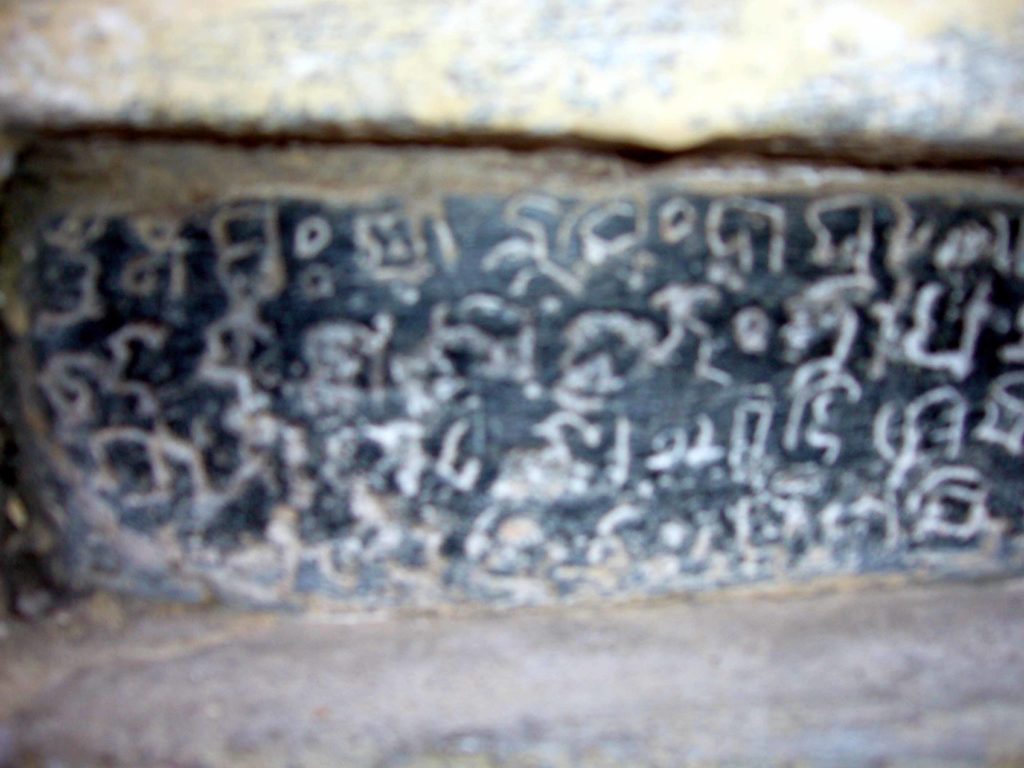(Part 2)
The oral narrative regarding construction of the Narsinghnath temple is as follows. The worship of Marjara-kesari by the common people at Narsinghnath is said to have been initiated by a tribal couple. According to the oral narrative, a tribal woman named Yamuna and her husband used to go to the jungle to collect fruits, leaves, firewood etc. for their living. One fine morning, while digging a place in search of kanda (roots), Yamuna and her husband observed blood spurted out from that place. An unexpected fear gripped on them. They stood there frightened and shaking. For a moment, they were speechless due to fear. When they overcame from fear, they realized that there might be some supernatural power in that place. Subsequently, they narrated their experiences before Raja Ramai Dev. Consequently, the icon of Marjara-kesari was discovered from that location and a temple was built for his worship. A wound mark found on the head of the image is supposed to have been caused by digging.
Our subsequent analysis, however, unfolds the reality that the Narsinghnath site is an ancient one. The survival of Gandhagiri as a religious site dates back at least to the early Christian era. We have numerous evidences to establish that Buddhism was widespread in West Orissa from the 2nd century BC to the 6th century AD. Nagarjuna, the great expounder of the Madhyamika Philosophy of Mahayana Buddhism flourished some time during the period in Daksina Kosala, which was then under the Satavahana king Gautamiputra Satakarni. It is known from the accounts of the Chinese pilgrims Hieun Tsang and Itsing that king Satakarni (106-130 A.D.) built a magnificent Vihara for his philosopher friend Nagarjuna at Po lo mo lo ki li (Parimalagiri) which has been identified with modern Gandhagiri (Sahu, 1958:100-101; Senapati and Kuanr, 1980:43; Senapati and Sahu, 1968:5). It means that Gautamiputra Satakarni is said to have patronized Nagarjuna and constructed a brilliant vihara for him on the Parimalagiri.
In this context, mention may be made of some Buddhist relics discovered in Ganiapali. Remarkably, Ganiapali is situated near the convergence of the Ang and the Magar rivers near Melchhamunda Police Station under Padampur Sub-Division in the district of Bargarh. Most likely, the Ang valley is archaeologically exceptionally rich and Ganiapali occupies a significant place. There appears to be ruins of an ancient Stupa in Ganiapali, which is identified with ancient Muchalinda, a centre of Buddhist learning (Senapati and Mahanti, 1971:49,531).
Chitrasen Pasayat is an OAS comments on culture

